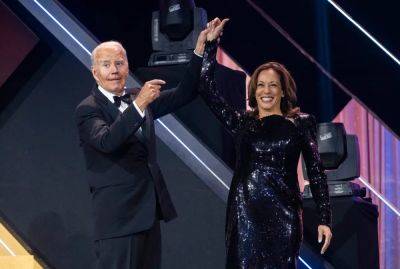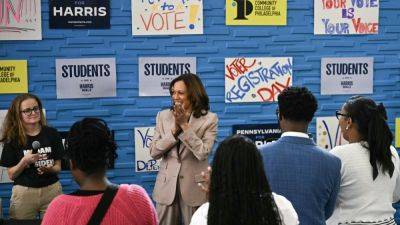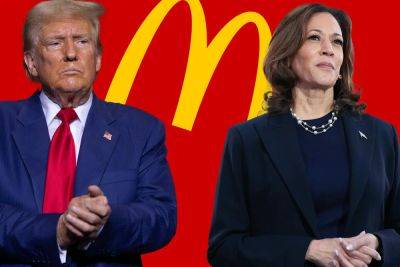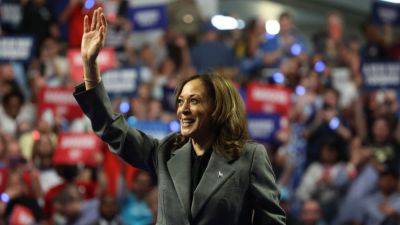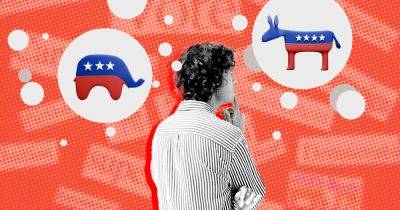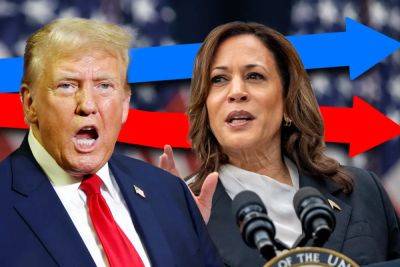Accurate Polls Hinge on a Tricky Question: Who’s Actually Going to Vote?
In the flood of election polls you’ll see over the next few weeks, most polling groups will include responses from “likely voters.” And often from nobody else.
In theory, these poll numbers should yield more accurate results, since the people who actually vote are the ones who dictate the outcome on Election Day. But creating a precise picture of who will vote in November is a complicated endeavor.
After all, how exactly can a pollster know who is “likely” to vote, and who therefore will be the focus of their results? There’s no one right answer, and every polling firm has its own strategy.
The choices they make are important, because the results of likely-voter polls can differ from those that sample a wider population, such as everyone who is registered to vote. In a close race like this year’s presidential contest, one candidate might lead in a poll among likely voters, while another might lead in the same poll’s tally of registered voters.
Understanding these decisions will be useful to poll watchers this fall. The share of election polls that show results among likely voters has shot up sharply in recent weeks, as it usually does around Labor Day.
Lots of Americans who are registered to vote may have opinions about the candidates and issues, but many won’t cast a ballot.


